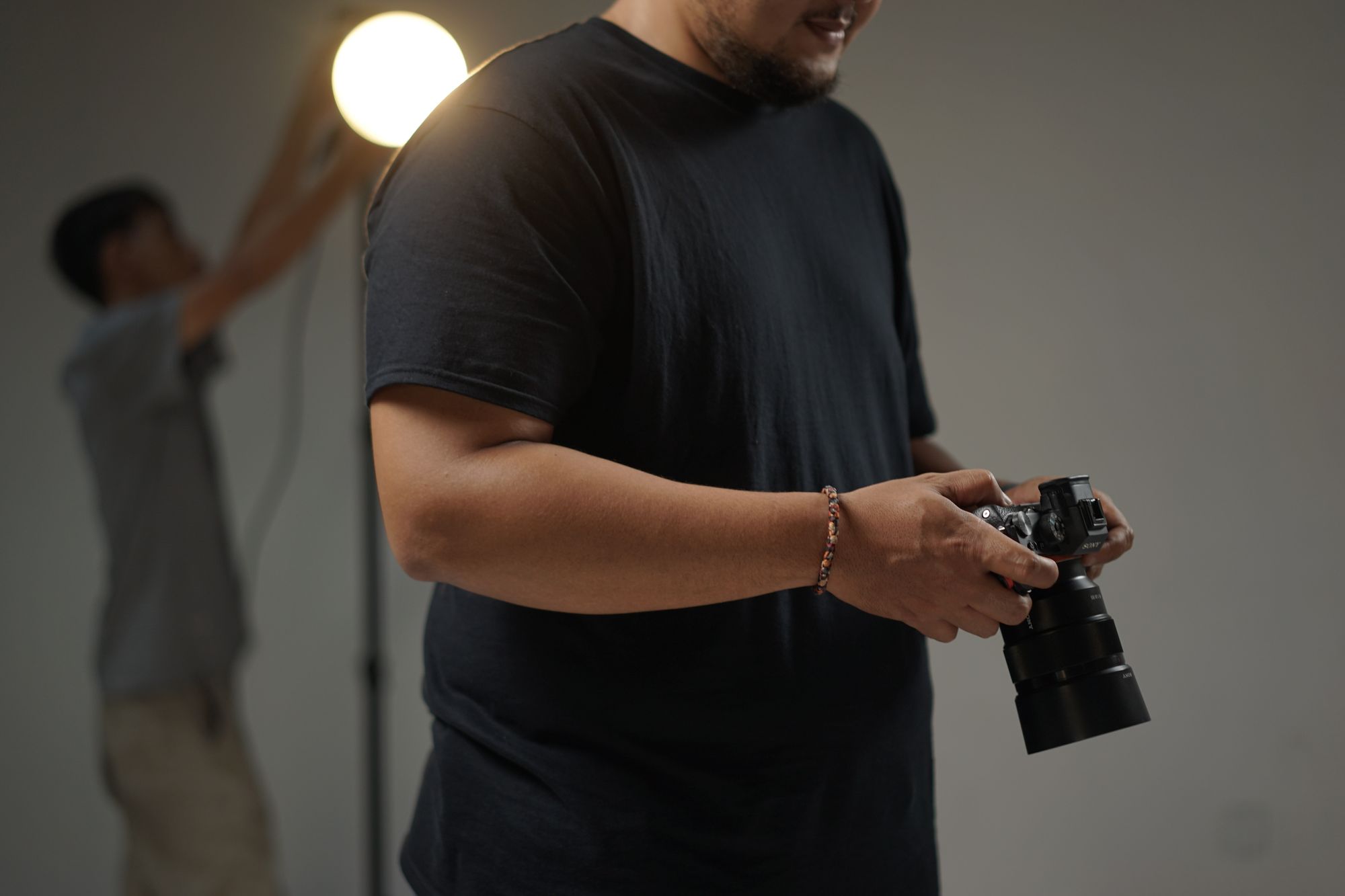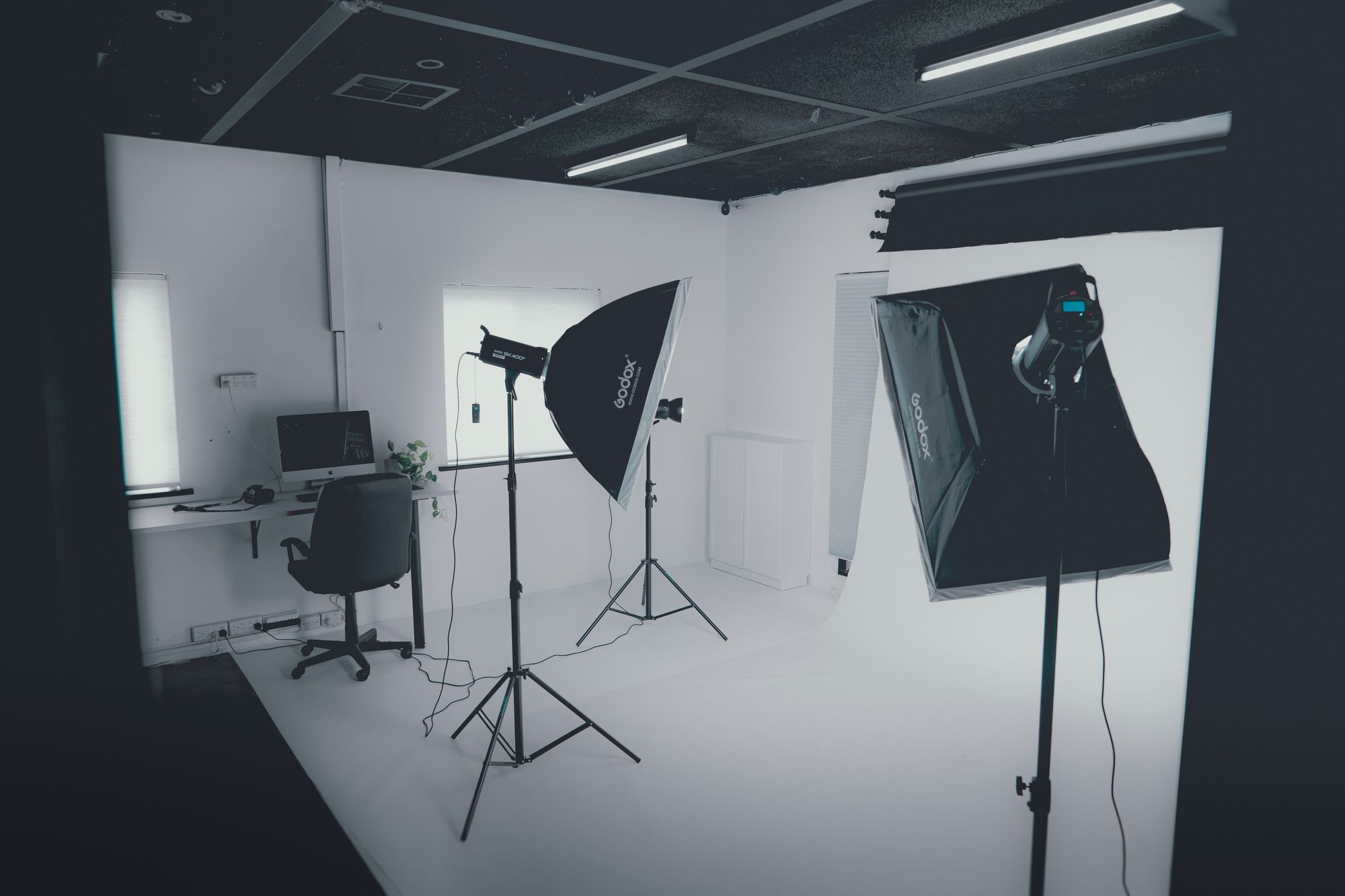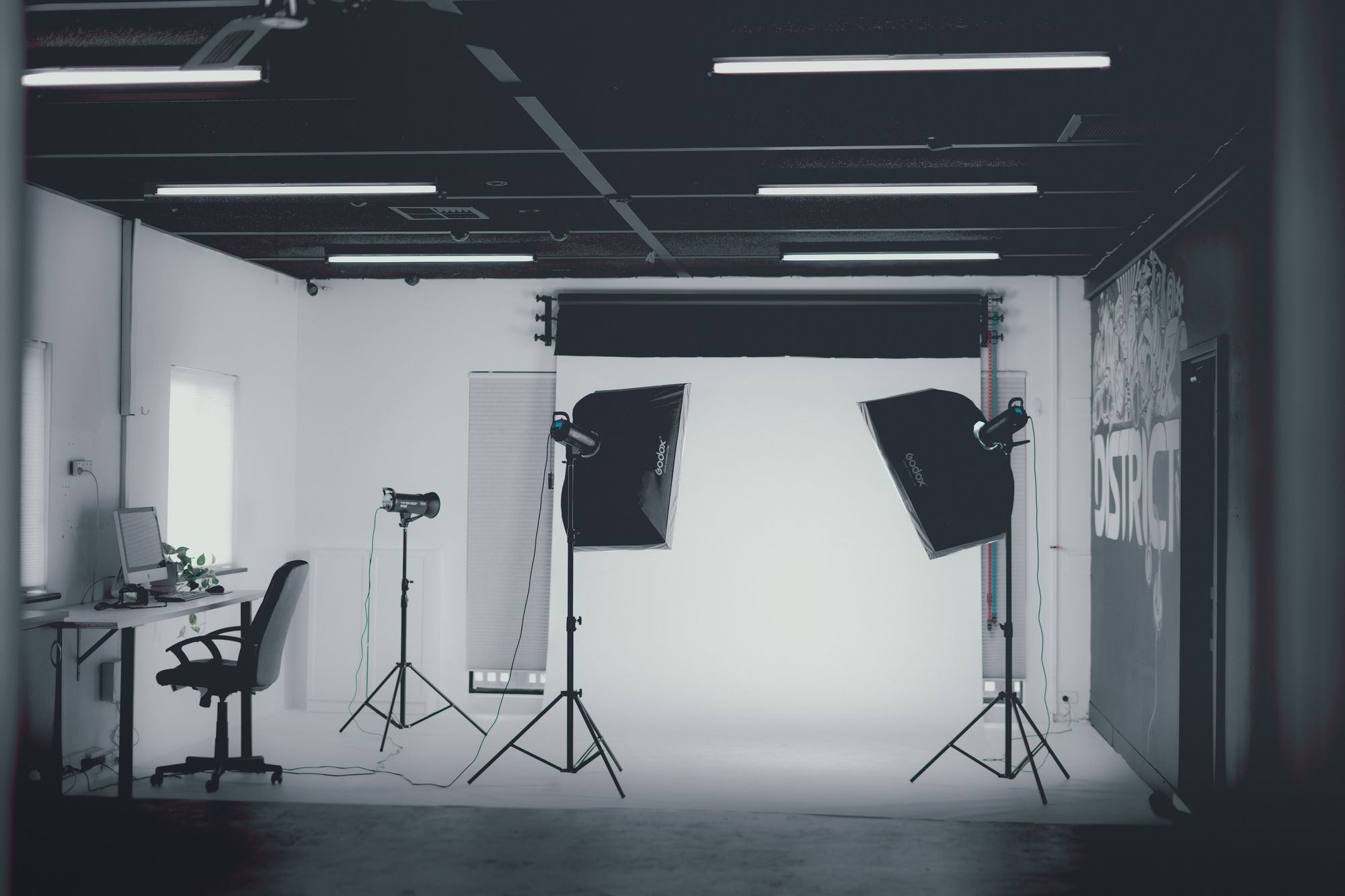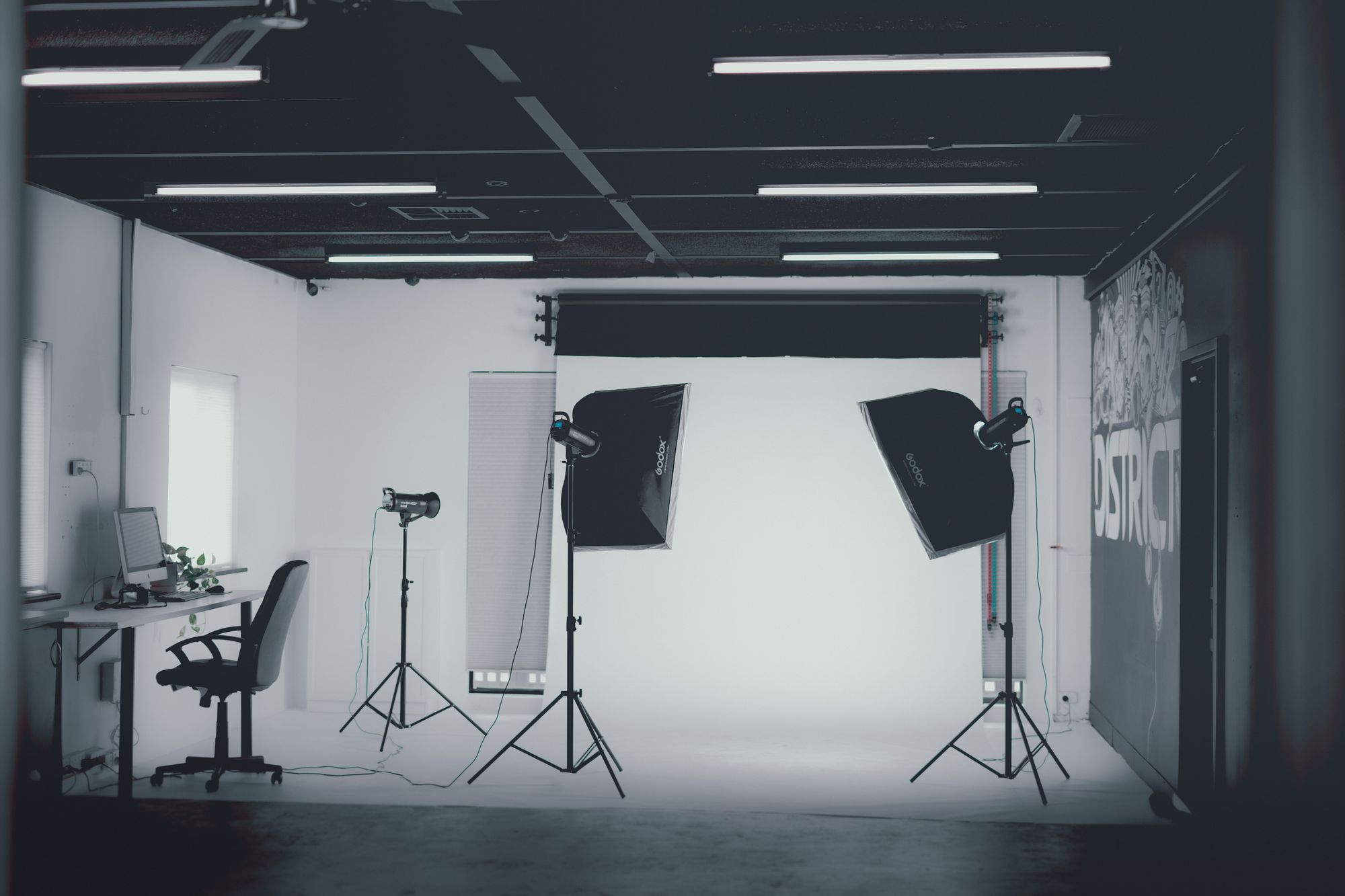Best Lighting Techniques for E-commerce Product Photography
The best lighting techniques for your E-commerce store. Elevate your product photography game now!

Introduction
In the fast-paced world of e-commerce, where consumers rely heavily on visual cues to make purchasing decisions, product photography holds paramount importance. The saying, "A picture is worth a thousand words," couldn't be more accurate in this context. High-quality product images can make or break a sale, and that's where the art of lighting comes into play.
In this article, we will delve into the core focus keyword: lighting techniques for e-commerce product photography. We'll explore how the right lighting can transform ordinary product images into captivating visual experiences, enticing potential customers to click that "Add to Cart" button.
The Impact of Lighting on E-commerce Photography

When a potential customer lands on your e-commerce website or marketplace page, the first thing that captures their attention is the product image. This initial impression is critical, as it sets the tone for the entire shopping experience. Lighting, undoubtedly, plays a crucial role in creating these all-important first impressions.
Properly executed lighting not only highlights the product's key features but also evokes emotions in the viewer. Warm and inviting lighting can create a sense of comfort and desire, making the product more appealing. This is an important consideration to include in your business plan template when outlining the design and layout of your retail space. On the other hand, cool and crisp lighting can convey a sense of professionalism and trustworthiness.
Beyond first impressions, lighting also significantly impacts the level of detail visible in the product images. Adequate lighting ensures that every intricate element and texture is clearly visible, giving customers a comprehensive understanding of the product's quality.
Moreover, lighting has a profound psychological impact on consumers. Studies have shown that well-lit images instill a sense of trust in the brand and its products. Customers are more likely to trust and purchase from an e-commerce store that showcases well-lit, high-quality product images. This is why no matter if you're taking photos for a B2B FMCG eCommerce platform or a B2C online store product photography plays a crucial role in your business' success.
In conclusion, lighting is not just a technical aspect of photography; it is an art form that can shape the perception of products and brands in the eyes of consumers. Mastering lighting techniques for e-commerce product photography is crucial for businesses looking to thrive in the competitive world of online retail. In the subsequent sections, we will explore various lighting techniques and tips that can help e-commerce businesses achieve professional-quality product images that leave a lasting impact on potential buyers.
Understanding the Basics of Lighting

To achieve stunning product images in e-commerce photography, it is essential to grasp the fundamentals of lighting. Let's explore some key aspects that form the foundation of effective lighting techniques.
Natural vs. Artificial Lighting
The primary distinction in lighting for e-commerce product photography lies between natural and artificial lighting sources.
Natural Lighting: As the name suggests, natural lighting refers to using the sun's light to illuminate the subject. It offers a soft and diffused quality, making it ideal for certain products, such as textiles, food, and outdoor gear. Natural Lighting can work wonders when photographing products like wedding suits for groomsmen. The soft and diffused quality of sunlight complements the elegance and detail of these suits, highlighting their textures and intricate designs. However, natural lighting is dependent on weather conditions and time of day, making it less controllable.
Artificial Lighting: In contrast, artificial lighting involves using man-made light sources like strobes, speedlights, softboxes, and LEDs. Artificial lighting provides more control over the intensity, direction, and color temperature, making it suitable for studio setups. Photographers can create consistent lighting conditions regardless of external factors, making it a preferred choice for many e-commerce product shoots.
The Concept of Light Temperature: Cool vs. Warm
The color temperature of light is measured in Kelvin (K) and plays a crucial role in setting the mood and ambiance of product photos.
Cool Light: Light with higher color temperatures (above 5000K) is considered cool. It appears more bluish-white and is often associated with a modern and sleek aesthetic. Cool lighting is often used for products like electronics, gadgets, and contemporary fashion items.
Warm Light: Light with lower color temperatures (below 5000K) is considered warm. It appears more yellowish or reddish and creates a cozy and inviting atmosphere. Warm lighting is often used for products like home decor, apparel, and food, as it evokes a sense of comfort and familiarity.
Directional Lighting: Key Light, Fill Light, and Backlight

In e-commerce product photography, understanding directional lighting is crucial for creating dimension and depth in product images.
Key Light
The key light is the primary light source and the most important one. It is positioned to the side or above the product and provides the main illumination, highlighting the product's key features and textures. The key light sets the overall tone of the image and shapes the product's appearance.
Fill Light
The fill light complements the key light by reducing shadows and providing a balanced illumination. It is typically placed opposite the key light to soften harsh shadows and reveal details in the darker areas of the product.
Backlight
The backlight is placed behind the product, opposite the camera. It adds a rim of light around the edges of the product, separating it from the background and adding depth to the image. Backlighting can create a sense of drama and allure, particularly for products with translucent elements.
By understanding these basics of lighting, e-commerce photographers can make informed decisions on which lighting techniques to apply based on their products' characteristics and the desired mood of the images. In the following sections, we will delve into specific lighting techniques to further enhance product photography for online stores.
Key Lighting Techniques for E-commerce Product Photography

Lighting is the backbone of product photography, and mastering various lighting techniques can make a significant difference in the final output. Let's explore some key lighting techniques commonly used in e-commerce product photography.
Softbox Lighting
Softbox lighting is a popular choice among photographers for its ability to create soft, diffused lighting. It consists of a large fabric box with a diffuser panel in front and a strobe or continuous light source inside. The diffuser panel helps scatter light, eliminating harsh shadows and reducing reflections on shiny surfaces.
Advantages of Softbox Lighting:
- Softbox lighting creates even, natural-looking lighting that is ideal for product images.
- It helps to preserve product details and textures without creating distracting highlights or shadows.
- Softbox lighting is versatile and can be used for various types of products.
Situations where Softbox Lighting is most effective:
- Softbox lighting is particularly useful for products with reflective surfaces, such as glassware or metallic items.
- It is suitable for products that require even lighting across their entire surface, such as clothing or flat objects.
Umbrella Lighting
Umbrella lighting is another widely used lighting technique in e-commerce product photography. It involves positioning a light source behind a translucent umbrella, which diffuses the light and spreads it evenly over the subject. Umbrella lighting is an affordable and easy-to-use option for achieving soft lighting.
Basics of Umbrella Lighting and its Unique Advantages:
- Umbrella lighting is easy to set up and adjust, making it a great choice for beginners.
- It provides softer lighting compared to direct flash, resulting in pleasing, natural-looking product images.
Comparison with Softbox Lighting:
- While both softboxes and umbrellas produce soft lighting, umbrellas may create slightly more spread-out and less controlled illumination.
- Umbrella lighting is more portable and convenient for on-location shoots, while softboxes are commonly used in studio setups.
Ring Lights
Ring lights have gained popularity in e-commerce product photography for their unique ability to produce even, shadow-free lighting. They consist of a circular light source that surrounds the camera lens, casting a soft and uniform glow on the subject.
Introduction and Uses of Ring Lights:
- Ring lights are commonly used in beauty and fashion product photography, as they create striking catchlights in the eyes and smooth out skin imperfections.
- They are also suitable for macro photography, capturing small products with intricate details.
Benefits for Products with Intricate Details:
- Products like diamond jewelry with their fine textures and intricate designs can greatly benefit from ring lights as they help reveal every detail clearly, enhancing the brilliance of the stones.
- Ring lights eliminate harsh shadows, making them ideal for capturing products with complex shapes and contours.
Natural Lighting
Leveraging natural lighting for e-commerce product photography is a cost-effective and environmentally friendly approach. Utilizing the sun's light can yield beautiful results when done correctly.
Leveraging Daylight for Product Photography:
- Choose a well-lit area with ample natural light, such as near a window or outdoors in the shade.
- Use diffusers or sheer curtains to soften harsh sunlight and prevent strong shadows.
Best Practices and Things to Consider:
- Plan your shoot around the sun's position to ensure consistent lighting throughout the session.
- Be mindful of weather conditions, as clouds can act as natural diffusers, providing soft and flattering light.
Utilizing natural lighting requires understanding and adapting to changing light conditions, but it can produce stunning results, especially for products that benefit from a natural and organic look.
Incorporating these key lighting techniques into your e-commerce product photography arsenal can elevate the quality of your images and enhance the visual appeal of your products, ultimately leading to higher engagement and increased sales. In the subsequent sections, we will explore more advanced lighting techniques and essential tips to master the art of product photography for the digital marketplace.
Advanced Techniques
To take your e-commerce product photography to the next level, consider incorporating these advanced lighting techniques that add depth, creativity, and professionalism to your images.
Reflectors and Diffusers
Role of Reflectors in Bouncing Light:
Reflectors are essential tools for manipulating light in e-commerce product photography. They come in various colors, with white, silver, and gold being the most common. By placing a reflector opposite the main light source, you can bounce and redirect light onto the subject, reducing shadows and enhancing highlights.
Diffusers for Softening Harsh Lights:
Diffusers are translucent materials that soften and spread out harsh light, providing a more flattering and gentle illumination. They are especially useful when working with direct sunlight or intense artificial lights, helping to achieve a more natural and pleasing look for your product images.
Lightbox for Small Products
Introduction to Lightboxes:
A lightbox, also known as a light tent, is a small, portable, and enclosed space with diffused walls that create soft, even lighting around a product. Lightboxes are particularly useful for photographing small products, such as jewelry, accessories, and small electronics.
Benefits and Ideal Products for this Technique:
Using a lightbox eliminates harsh shadows and reflections, making it perfect for products with shiny surfaces. The diffused lighting in a lightbox also enhances the visibility of details and textures, ensuring your small products stand out in your e-commerce catalog.
Using Gels for Colored Effects
Introduction to Colored Gels:
Colored gels are thin, transparent sheets that can be placed in front of artificial lights to add a splash of color to your product images. They come in a wide range of colors and are typically used with strobes or speedlights to create vibrant and eye-catching effects.
Creative Applications for E-commerce Products:
Colored gels offer a creative way to add a pop of color or enhance the mood of your product photos. They can be used to match branding colors, create seasonal themes, or add a sense of excitement and intrigue to your product images.
Tips for Achieving Professional Quality Photos
While mastering lighting techniques is crucial, paying attention to other aspects of the photography process can significantly impact the overall quality of your e-commerce product images.
Consistency in Lighting
Maintaining Consistent Lighting for a Cohesive Product Catalog:
Consistency in lighting across your product catalog creates a unified and professional look. Establishing a standardized lighting setup and using the same techniques throughout your shoot ensures that all your products have a consistent and coherent appearance. Moreover, as brands aim for a cohesive presentation, paying attention to product visuals becomes crucial. Some businesses even go a step further to create their own packaging designs, aligning with the visual identity cultivated through consistent lighting and photography techniques.
The Role of Editing and Post-Processing
Adjusting Exposure, Brightness, and Contrast in Post-Production:
Post-processing plays a vital role in refining your product images. Use editing software to adjust exposure, brightness, and contrast to enhance the overall look of your photos. Be cautious not to overdo the edits, as maintaining the product's true representation is crucial for e-commerce.
Tools and Software Recommendations:
Adobe Photoshop and Lightroom are widely used post-processing software that provides powerful tools for enhancing product images. Explore various tutorials and online resources to master these software tools effectively.
Continual Learning and Adapting
Importance of Updating Techniques:
The world of photography and e-commerce is continually evolving, with new trends, technologies, and techniques emerging. Stay updated with industry advancements and adapt your lighting techniques accordingly to remain competitive in the market.
Keeping Abreast of New Lighting Technologies and Trends:
Subscribe to photography blogs, follow industry experts on social media, and attend workshops or webinars to stay informed about the latest lighting innovations and best practices.
By incorporating these advanced lighting techniques and following essential tips, you can elevate your e-commerce product photography to a professional level. Engaging, high-quality images will not only attract more potential customers but also enhance your brand's reputation and boost sales in the competitive online marketplace.
Common Mistakes to Avoid
In e-commerce product photography, even the smallest mistakes in lighting can significantly impact the overall quality of your images. Here are some common lighting errors to avoid:
Overexposure or Underexposure:
Failing to properly expose your product images can result in washed-out highlights or dark shadows, leading to loss of details and diminished visual appeal. Use your camera's histogram or exposure meter to ensure proper exposure levels for each shot.
Relying Solely on One Light Source:
Using only one light source can create harsh shadows and an unbalanced lighting setup. Instead, incorporate multiple light sources or modifiers like reflectors and diffusers to achieve a well-lit and three-dimensional look for your products.
Neglecting the Background Lighting:
Focusing solely on the product and neglecting the background lighting can lead to unappealing and distracting backgrounds. Ensure that the background is evenly lit to maintain a cohesive and professional appearance in your product images.
Conclusion
Mastering the art of lighting in e-commerce product photography is a game-changer for your online business. Proper lighting techniques can enhance the visual appeal of your products, evoke emotions in customers, and build trust in your brand.
In conclusion, remember that each product is unique and may require a different lighting approach. Experiment with various lighting techniques, modifiers, and light setups to find what works best for your specific products. Pay attention to the mood and ambiance you want to convey and adjust your lighting accordingly.
By applying the learned techniques and avoiding common mistakes, you can capture stunning product images that will make your e-commerce store stand out from the competition. High-quality visuals can significantly impact customer perceptions and drive more sales.
So, let your creativity shine and your lighting skills evolve. Embrace the power of proper lighting, and you'll witness the difference it makes in transforming ordinary product images into captivating visual masterpieces.
Take action now and start implementing these lighting techniques in your e-commerce product photography. Elevate your brand's image and watch your online sales soar!
